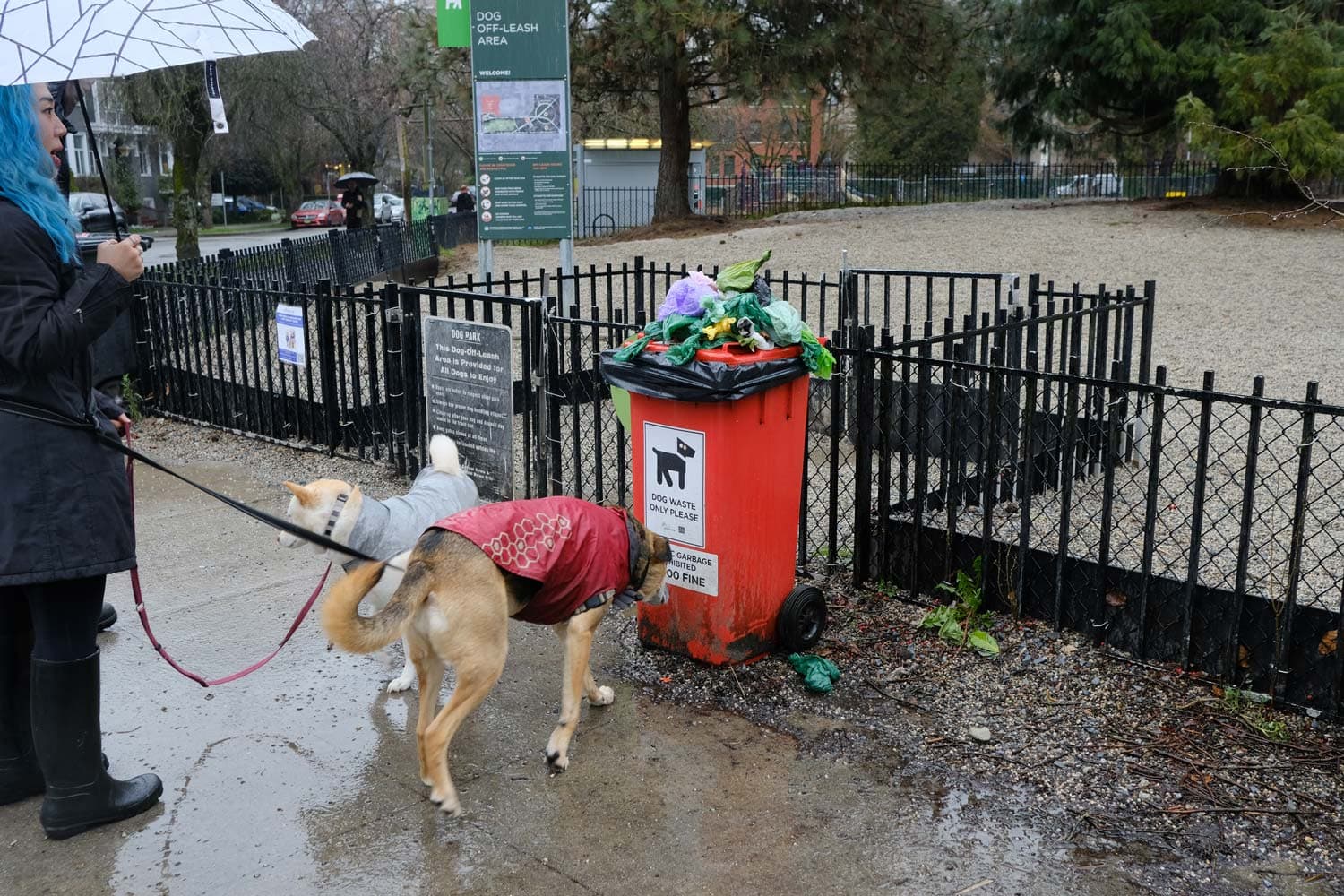By Barry Rueger
Published: Globe and Mail
November 1, 2025
935 words

Barry Rueger is a writer currently based in the U.K.
A few weeks ago, our well ran dry. Our Western Head farmhouse, near Liverpool, N.S., is old. Approximately 46 per cent of Nova Scotia homes rely on wells for household water. Like many of them, we have a dug well – a stone-lined hole in the ground, maybe one-and-a-half metres across by seven or eight metres deep. That well normally holds 3,000 gallons of water, filled by the groundwater that flows up from deep in the Earth.
That groundwater has disappeared, and now our well is dry. Four hundred dollars bought us a 3,000-gallon tanker full of water to refill the well, but instead of stabilizing the water level, it’s disappearing quickly into the soil. We’re faced with a choice: Spend $20,000 for a new, deeper, drilled well, or close up our wonderful farmhouse and ask our tenants to find a new home – one with running water.
Canada’s severe drought is a sign of future climate conditions and calls for action, experts say
The larger question is what the Nova Scotia government is doing to assist homeowners with dry wells. They’ve been quick to suggest that you take shorter showers, or use waste water to refill your toilet tank, but when you have literally no running water that doesn’t help.
If you’re retired and living on a pension, or if you’re a single mother struggling to feed your children, you need a government that will pay for water delivery to your house, or even for part of the cost of drilling a new well. You need a government that understands that clean, running water is essential to life. It’s not a luxury.
Atlantic Canada has been in a drought for months now. According to Agriculture Canada most of Nova Scotia has received less than 40 per cent of normal precipitation during a recent three-month stretch. For the first time in many years the summer went by with no tropical storms, or indeed storms of any sort. Without rain the ground dries out, and then wells dry out too.
For much of rural Nova Scotia this is a disaster. There’s no count of the number of households without running water, but the number is large enough that drilling companies and water delivery services are working overtime.
As I write this I’m talking to drilling companies to see who could create a new well for us. In Nova Scotia anyone who can provide water is working seven days a week. Heather Jefferson, operations manager at DJ’s Well Drilling, up the road from us in Bridgewater, tells me, “We are drilling wells through the week and putting pumps in on the weekends. We are booking for the end of December or the New Year.”
Another major drilling company, after being profiled in the Halifax newspaper, has a voice-mail box that’s constantly full, and an e-mail address that just bounces back to the sender. Every drilling company is busy, as are water delivery services.
Life in Nova Scotia can sometimes be hard, but life without running water is an entirely different level of difficult. We were used to hauling five-gallon bottles of water for drinking and cooking from the Queens County water refill station, but that doesn’t get you a hot shower after a long day at work, or run your washing machine.
‘Forever chemicals’ in tap water leave these communities in a toxic limbo
The reality for rural Nova Scotians today is this: If you can afford to spend $20,000 – or more – you can drill a new well that likely will give you water. If you don’t have that money – and Nova Scotia has an aging population, and low incomes – you really have no options except to shower at the local municipal gym, and hope for rain.
Hiring a company for $20,000 to drill a new well may not even help you. Sometimes they drill a dry well and you still need to pay, or pay thousands of dollars more for fracking to break up the underground rock and let water seep in. If you’ve lived your life in a city or town with running water, let that sink in: In Nova Scotia you can pay $20,000 and still have no water.
Right now my wife and I are in Cambridge, in Britain, while she completes a degree at the university here. A dry well doesn’t affect our day to day lives, but it means we’re spending hours each day looking for a solution. After trying to find some way to provide running water for the three young construction workers renting from us, it feels like closing up the house is the only choice.
For most people this drought was a surprise. Our well has stayed full to the top for more than 100 years, and there was no reason to expect it to suddenly stop giving us water. Just two weeks before the tenants moved in, a cleaning crew scrubbed the house and never ran out of water. As of today we no longer have tenants, and we no longer have the monthly income that we are relying on to pay our rent in England.
This is not the fault of individual homeowners. What many in Nova Scotia (and in other drought-stricken places across Canada) believe is that droughts like this are tied to global warming and the dramatic shifts in weather patterns caused by climate change.
Unfortunately, because our governments refuse to stop the extraction and use of fossil fuels, climate change will continue, and this won’t be the last time wells in Nova Scotia run dry.
 By Barry Rueger
By Barry Rueger


